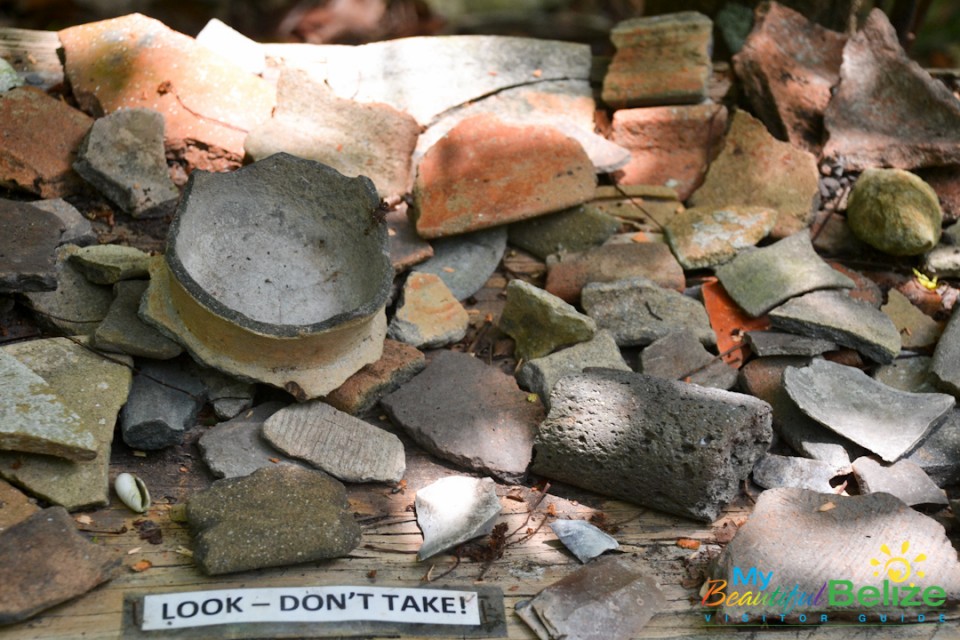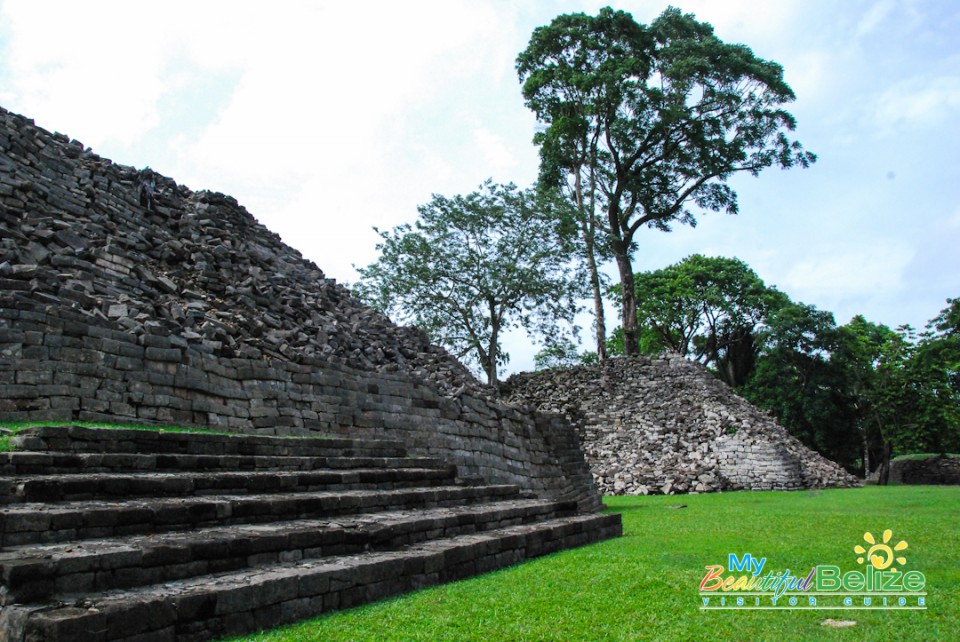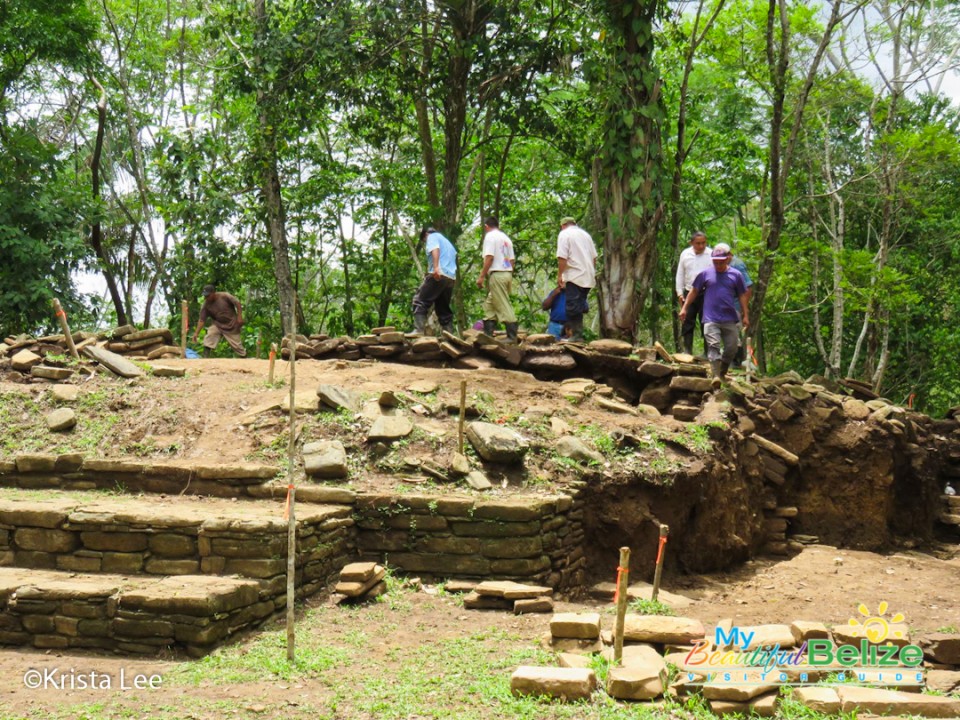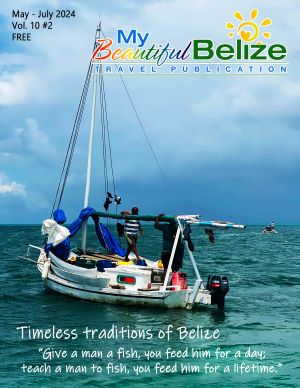Belize has been home to the Maya civilization for centuries. Although their ancient cities now lie in archeological remains, the vibrant people and culture of the Maya still lives strong within our country. With much of their history still a mystery, the exploration and discovery of this indigenous civilization is continually researched by archeologists, anthropologists, biologists and scientists worldwide. Each year their findings are shared at the annual Belize Archaeology and Anthropology Symposium held in San Ignacio, Cayo District. Be you a specialist in the field, or just someone who is fascinated by the Maya culture, this three-day symposium is an amazing opportunity to learn from the experts about the latest findings in the study of the ancient Maya culture in Belize. The Belize Archaeology and Anthropology Symposium (BAAS) is hosted by the National Institute of Culture and History (NICH) and the Belize Institute of Archaeology and will be held this year on June 28th through July 1st at the San Ignacio Resort Hotel.
One of the presentations at this year’s symposium will feature findings from the Marco Gonzalez Archeological Site located on Ambergris Caye. According to Jan Brown, Co-Manager of the site, Dr. James Aimers, PhD, Professor of Anthropology, State University of New York at Geneseo, will be presenting a paper that reviews research on the pottery of Marco Gonzalez from 1986 to work conducted on two well-stratified deposits in January and February 2016. The pottery of Marco Gonzalez reflects the occupational history of the site, provides more detail about activities conducted there such as salt-production, and indicates how the site’s exchange relationships changed over time.
“The Marco Gonzalez site, being one of 18 registered Maya sites on Ambergris Caye, is situated along the Coastal Trader route. What is found at the site is overwhelming in diversity and source of the items. There are similar conferences or symposiums around the globe. The one in Belize attracts professors and students who are actively working to uncover Maya details and data throughout our country. To be in the audience and hear a paper being presented which, in the Power Point, shows a picture of a burial shell jewelry piece from a mainland site which matches an exact piece found in a burial at Marco Gonzalez is thrilling. I can’t wait to hear what will be presented this year at BAAS!”, exclaims Brown.
Those in attendance have the opportunity to learn about the most recent findings in Belize. “I’ve learned about the LIDAR (Light Detection and Ranging) findings which increased the size of a site from a few hundred buildings to over 2,000 structures, canals, agriculture fields and roads. Pottery structure of where the clay comes from to make the item, or where the source of obsidian (volcanic glass blades) come from…to burial findings or a discussion on a new inner room of a temple which has hieroglyphics and paintings on the walls…it’s like I get to go to school and learn from everyone!” commented Brown.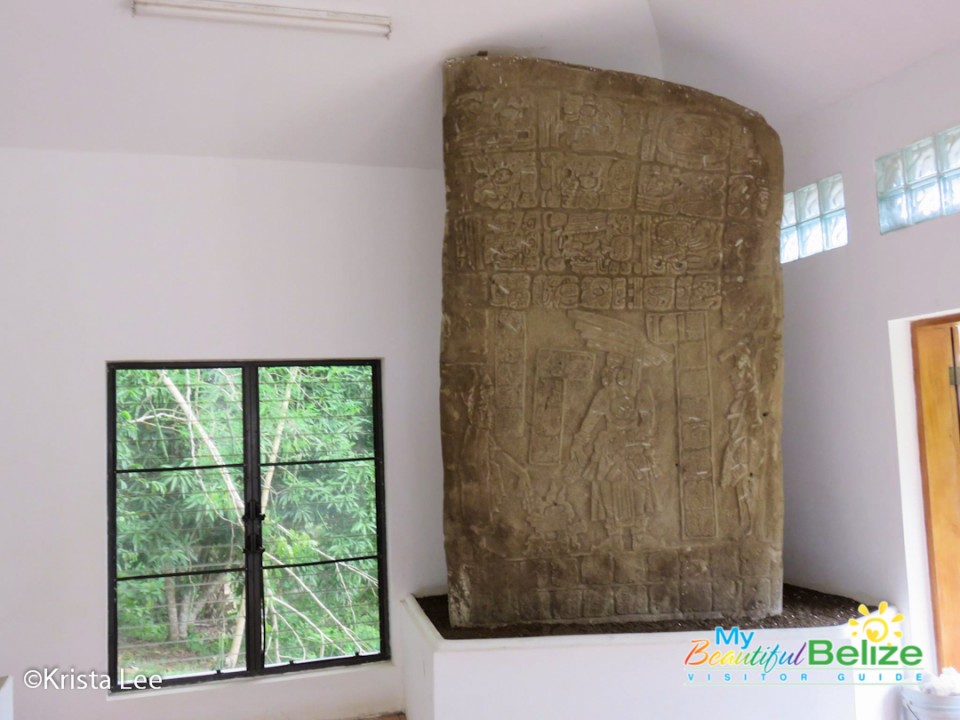
Special topics at this year’s symposium include Architecture and Urban Design: Expressions of Kingly Power and Examining Practices and Patterns of 200 years of Education in Belize. Registration is held daily at 7:30AM. The cost is $10bz for residents and $20bz for non-residents. For more information about BAAS please contact the Institute of Archeology at [email protected] or the Institute of Social and Cultural Research at [email protected]


